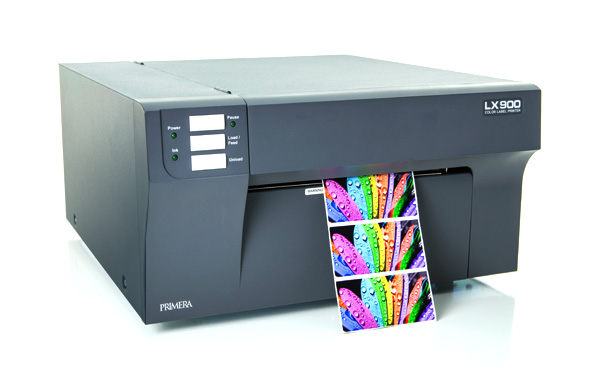Primera Technology is a leading manufacturer of specialized digital printing equipment, including roll label printers. These printers are designed to produce high-quality labels for a variety of industries, including food and beverage, cosmetics, pharmaceuticals, and more. Primera roll label printers offer exceptional print quality with vibrant colors and sharp text. They are ideal for printing small to medium-sized batches of labels quickly and efficiently.
With easy-to-use software and intuitive controls, Primera roll label printers are an excellent choice for businesses looking to streamline their label printing process. In this article, we will explore the features and benefits of Primera roll label printers in more detail. We will also provide information on the different models available and how they can help your business improve its labeling capabilities.
The features and benefits of Primera roll label printers are numerous and varied, making them a top choice for businesses of all sizes. One of the key advantages is their high-quality printing, with vibrant colors and sharp text that is easy to read. These printers are also highly versatile, with the ability to print on a wide range of materials including paper, synthetic labels, and even polyester.
Another major benefit is their speed – Primera roll label printers can produce up to 8 inches per second, allowing for quick turnaround times even for large jobs. Additionally, these printers are user-friendly and easy to operate, with intuitive software that simplifies the printing process. Finally, Primera roll label printers offer excellent value for money, with low operating costs and minimal maintenance requirements over time.
When choosing the right Primera roll label printer for your business, there are several factors to consider. Firstly, you need to determine the volume of labels you will be printing and the size of the labels required. This will help you choose a printer that can handle your workload and produce the desired label size. Secondly, consider the type of materials you will be printing on.
If you need to print on specialty materials such as glossy or matte finishes, then choose a printer that can handle these types of media. Thirdly, look at the connectivity options available. If you need to print from multiple devices or over a network, then choose a printer with Wi-Fi or Ethernet connectivity. Finally, consider any additional features such as built-in cutters or color capabilities that may be important for your business needs.
Primera roll label printers are reliable and durable machines that require minimal maintenance. However, regular cleaning and upkeep can extend the life of your printer and ensure it continues to produce high-quality labels. To keep your Primera roll label printer in optimal condition, it is important to regularly clean the print head, platen roller, and label sensor. Primera offers cleaning kits specifically designed for their printers to make this process easy and efficient.
In addition to maintenance, Primera also offers excellent customer support for their printers. Their technical support team is available via phone or email to answer any questions or troubleshoot any issues you may encounter with your printer. For added peace of mind, Primera also offers extended warranty options for their printers.


